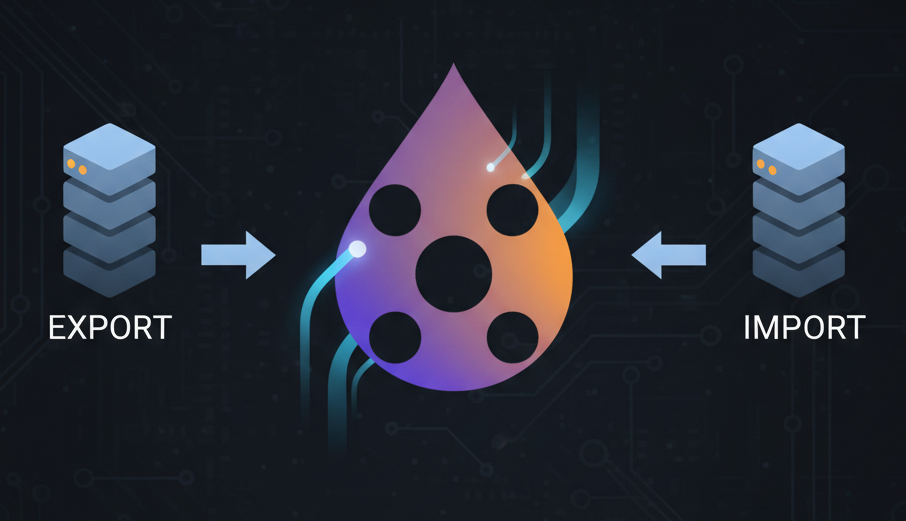Why Server-side Caching Matters?
Server-side caching plays a pivotal role in enhancing the performance and scalability of websites built on Drupal, one of the most popular content management systems (CMS) in use today. In this article, we'll delve into the intricacies of server-side caching for Drupal websites, understanding its significance, implementation strategies, and best practices.
Server-side caching involves storing frequently accessed data in memory or disk storage, enabling faster retrieval and response times for subsequent requests. In the context of Drupal websites, which often serve dynamic content, efficient caching mechanisms are indispensable for optimizing performance and improving user experience.
Key Components of Server-side Caching
Page Caching
Page caching is perhaps the most fundamental caching mechanism in Drupal. It involves storing entire HTML pages in cache memory or disk storage, significantly reducing the server's workload by serving pre-rendered pages to subsequent users. Drupal provides built-in support for page caching, which can be enabled and configured through the administrative interface.
Block Caching
Blocks in Drupal represent discrete sections of content or functionality displayed on a webpage. Block caching allows individual blocks to be cached separately, further enhancing performance by minimizing the need for repetitive database queries or resource-intensive rendering processes. Developers can leverage Drupal's caching API to implement custom block caching strategies tailored to specific requirements.
Views Caching
Views, a powerful module in Drupal for generating dynamic lists or grids of content, can benefit from caching to optimize query execution and rendering performance. By configuring views caching settings, developers can control how query results are cached and invalidated based on criteria such as time-based expiration or data dependencies.
Entity Caching
Entities in Drupal, including nodes, users, and taxonomy terms, are fundamental building blocks of content management. Entity caching involves caching individual entities or entity queries to minimize database overhead and accelerate data retrieval operations. Developers can employ techniques such as entity caching modules or custom caching solutions to optimize entity-level performance.
Best Practices for Implementing Server-side Caching
Understand Caching Requirements
Before implementing caching mechanisms, it's essential to analyze the specific caching requirements of your Drupal website, considering factors such as content volatility, user engagement patterns, and performance objectives.
Fine-tune Cache Settings
Drupal provides a range of configuration options for fine-tuning cache settings, including cache lifetime, cache granularity, and cache storage backend. Experiment with different configurations to strike a balance between performance optimization and content freshness.
Utilize Caching Modules
Explore the Drupal ecosystem for caching modules and extensions that extend the platform's caching capabilities, such as advanced cache invalidation strategies, dynamic page caching, or integration with external caching systems like Varnish or Memcached.
Conclusion
Server-side caching is undeniably vital for optimizing the performance and scalability of Drupal websites, serving as a cornerstone of efficient content delivery and user experience enhancement. By strategically caching frequently accessed data at various levels, from entire HTML pages to individual entities, developers can mitigate the performance overhead associated with dynamic content generation and database queries.
However, it's crucial to recognize that caching is not a one-size-fits-all solution. Each Drupal website may have unique caching requirements dictated by factors such as content volatility, user engagement patterns, and scalability goals. Therefore, it's imperative for developers to conduct thorough analysis and testing to determine the most suitable caching strategies for their specific use cases.
Furthermore, as websites evolve and grow in complexity, maintaining an effective caching strategy requires ongoing monitoring, optimization, and adaptation. Regularly reviewing cache performance metrics, adjusting cache settings based on changing requirements, and staying abreast of emerging caching technologies and best practices are essential for sustaining optimal performance over time.
In conclusion, server-side caching empowers Drupal developers to achieve remarkable gains in performance, scalability, and user satisfaction. By harnessing the full potential of caching mechanisms and adhering to best practices, Drupal websites can deliver lightning-fast response times, accommodate increasing traffic loads, and provide a seamless browsing experience for visitors across the globe.











